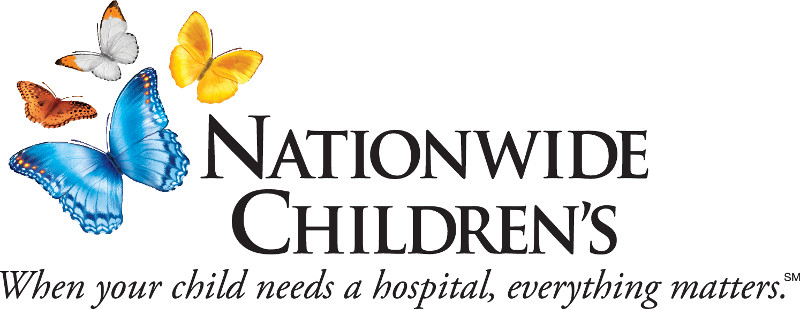Newswise — Epilepsy, a brain disorder that occurs when the electrical signals in the brain are disrupted, affects about two million Americans. Most people with Epilepsy respond well to medication, but in approximately 25-30 percent of patients, medication doesn't work. As an alternative to medication, the FDA approved implantation of a vagus nerve stimulator (VNS) in patients older than 12 to help control or reduce the seizures that occur because of epilepsy, but until recently, there was no data to illustrate how children younger than 12 years of age would respond to VNS implantation. Now, researchers at Columbus Children's Hospital have demonstrated that using a VNS in children is effective in reducing seizures and epilepsy-related hospital visits. Results of a two-year study will be presented at the International League Against Epilepsy Congress August 28"September 1 in Paris. "In the study of more than 75 patients between the ages of one and 17 years treated at the Comprehensive Epilepsy Clinic at Columbus Children's Hospital, we found that 59 percent of the patients implanted with the VNS did not have localization-related epilepsy (seizures occurring in one part of the brain) and side effects requiring discontinuation were low (5 percent)," said Juliann Paolicchi, M.A., M.D., director of the Comprehensive Epilepsy Center at Columbus Children's Hospital and associate professor at the Ohio State University College of Medicine and Public Health. "Further, we observed that hospital visits for epilepsy-related conditions decreased by 41 percent—this will have an impact on the long-term cost-effectiveness of VNS therapy and decrease overall patient morbidity. For families of children with intractable epilepsy, less time spent in the hospital has a significant, positive impact socially and financially by reducing the loss of parental work time, the patient's school absences, and family stressors relating to caring for a hospitalized child. " The VNS is implanted in the left side of a patient's neck and works by sending signals to the brain to decrease the electrical activity that leads to seizures. It was approved for intractable partial epilepsy (epilepsy that does not improve with medication) of adults (children greater than 12 years) in 1997. Columbus Children's Hospital was one of the first institutions to begin using VNS in children. As part of the next phase of her study, Paolicchi plans to further analyze the data to look for patterns in children with one type of epilepsy versus another, whether the outcomes differ by age, whether the VNS impacts the duration of epilepsy depending on timing of implantation, and quality of life outcomes. Columbus Children's ranks among the top 10 in National Institutes of Health research awards and grants to freestanding children's hospitals in the country and houses the Department of Pediatrics of The Ohio State University College of Medicine and Public Health. With nearly 600,000 patient visits each year, Children's Hospital is a 112-year-old pediatric healthcare network treating newborns through age 21. In 2004, the Columbus Children's Research Institute conducted more than 300 research projects and is the home of Centers of Emphasis encompassing gene therapy; molecular and human genetics; vaccines and immunity; childhood cancer; cell and vascular biology; developmental pharmacology and toxicology; injury research and policy; microbial pathogenesis; cardiovascular medicine; and biobehavioral health. Pediatric Clinical Trials International (PCTI), a site management organization affiliated with the hospital, also coordinated more than 50 clinical trials. In addition to having one of the largest ambulatory programs in the country, Children's offers specialty programs and services. More than 75,000 consumers receive health and wellness education each year and affiliation agreements with nearly 100 institutions allow more than 1,700 students and 500 residents to receive training at Children's annually. More information on Children's Hospital of Columbus is available by calling (614) 722-KIDS (5437) or through the hospital's Web site at http://www.columbuschildrens.com.
MEDIA CONTACT
Register for reporter access to contact detailsCITATIONS
International League Against Epilepsy Congress
